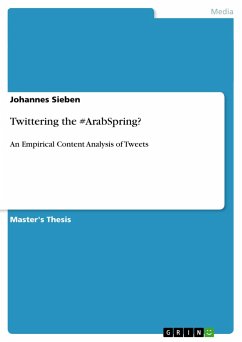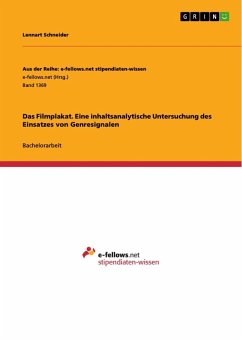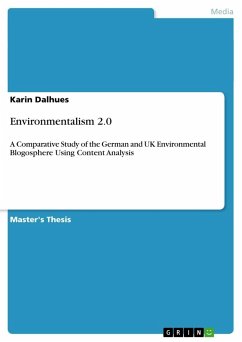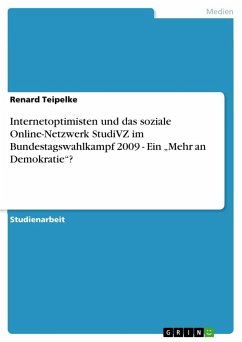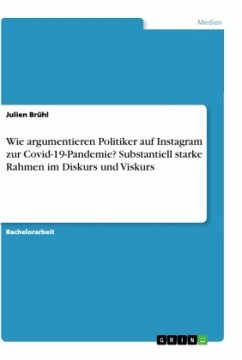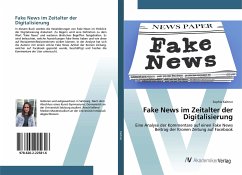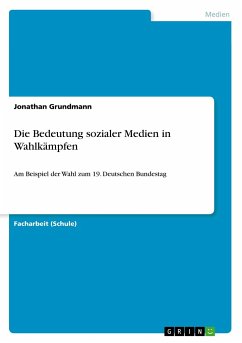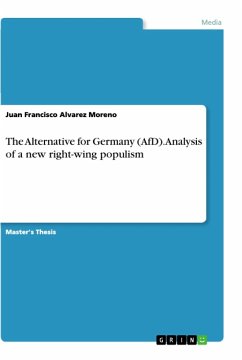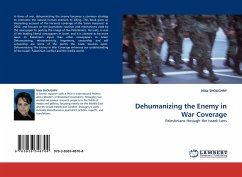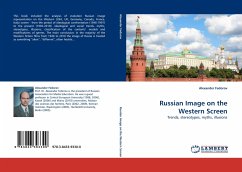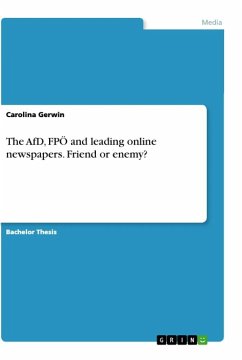
The AfD, FPÖ and leading online newspapers. Friend or enemy?

PAYBACK Punkte
0 °P sammeln!
Bachelor Thesis from the year 2019 in the subject Communications - Media and Politics, Politic Communications, grade: 7,8, Leiden University, language: English, abstract: This thesis examines how the right-wing populist parties AfD and FPÖ are portrayed in the media. In 2017, the right-wing populist parties "Alternative for Germany" (AfD) and the Austrian Freedom Party (FPÖ) got markedly different election results: While the AfD got 12.6 % of the vote share, the FPÖ achieved a much higher result with 26 %. Considering that the two parties as well as Germany and Austria are ostensibly simila...
Bachelor Thesis from the year 2019 in the subject Communications - Media and Politics, Politic Communications, grade: 7,8, Leiden University, language: English, abstract: This thesis examines how the right-wing populist parties AfD and FPÖ are portrayed in the media. In 2017, the right-wing populist parties "Alternative for Germany" (AfD) and the Austrian Freedom Party (FPÖ) got markedly different election results: While the AfD got 12.6 % of the vote share, the FPÖ achieved a much higher result with 26 %. Considering that the two parties as well as Germany and Austria are ostensibly similar, this puzzle leads to the question of what explains the so markedly different election results of the AfD and the FPÖ in 2017.Based on a review of general factors that explain the success of populist radical right parties and extensive research on the aspects that led to the rise and success of the AfD and FPÖ, the paper focuses on the role of the media, seeking to understand how the two parties were portrayed by the media before the 2017 elections. This task is approached by conducting a qualitative content analysis of the reporting on the AfD by the Bild Zeitung and the depiction of the FPÖ by the Kronen Zeitung, the two most popular online daily newspapers in their countries, during the last month before the elections.It is shown that the two parties used different framing strategies to report on the AfD or FPÖ respectively, resulting in a much more negative portrayal of the former. Considering that the FPÖ was depicted in a more positive way and got a much higher result in the election, the paper contributes to the literature by supporting the theory that the media have an influence on election results by shaping the public image of parties and their leaders, thereby influencing the voter's perception of them, and offers a relevance point for further research on explaining the varied election results of the AfD and FPÖ in the 2017 elections.




